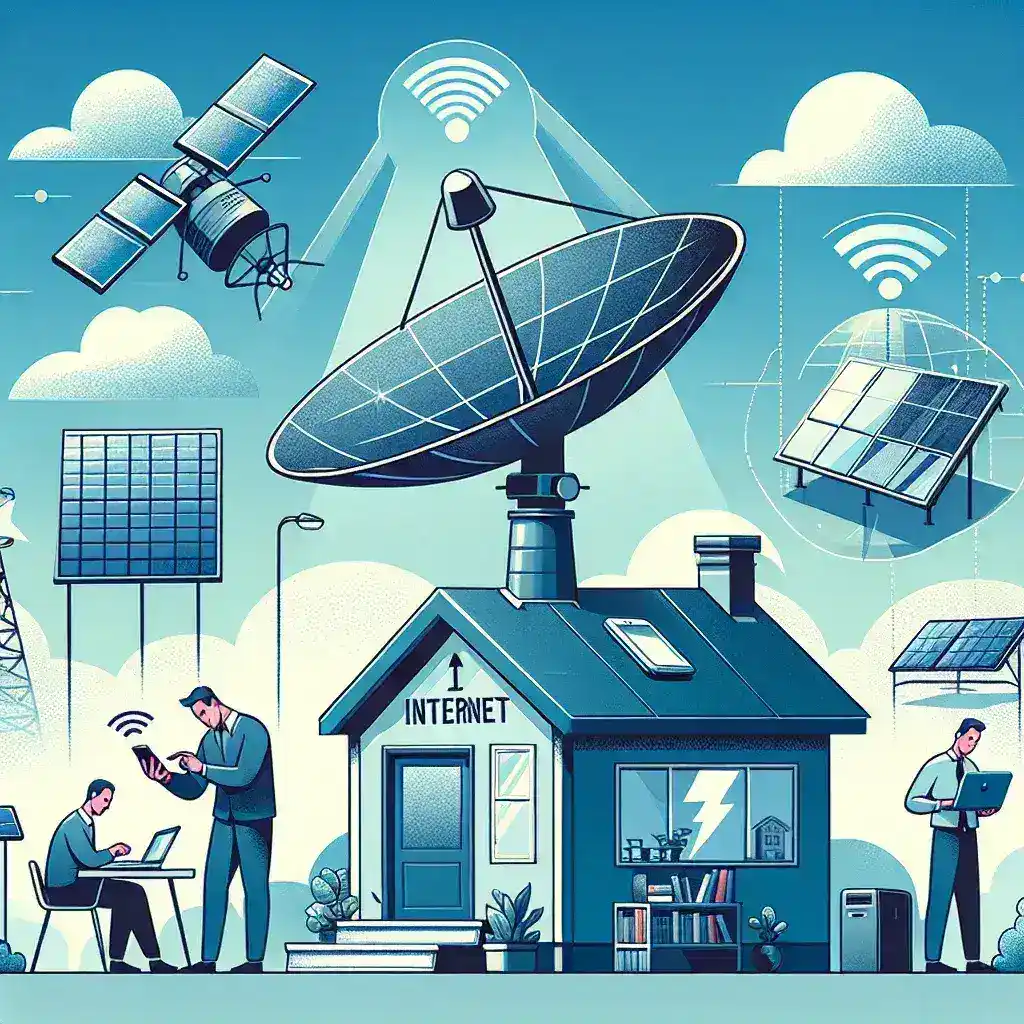In today’s digital age, having a reliable internet connection has become almost as essential as electricity and running water. However, there are times when we might find ourselves without a stable internet service. Whether you’re traveling, experiencing an outage, or simply looking to save on service costs, there are several ways to get online without an internet subscription. Here are five easy methods to keep you connected.
1. Use Public Wi-Fi Hotspots
Public Wi-Fi hotspots are commonly available in various locations such as cafes, libraries, airports, and even certain public areas in cities. These hotspots provide free or low-cost internet access, making them an excellent alternative when you’re without your internet service.
| Location | Average Internet Speed | Cost |
|---|---|---|
| Cafes | 10-20 Mbps | Free with Purchase |
| Libraries | 5-10 Mbps | Free |
| Airports | 5-15 Mbps | Free |
| Public Parks | 2-10 Mbps | Free |
2. Leverage Mobile Data
Most smartphones today come equipped with mobile data capabilities. Even if you don’t have home internet, you can often use your cellular data plan to access the internet. This can be done through several means:
- Hotspot Tethering: Use your smartphone as a Wi-Fi hotspot to connect other devices.
- Direct Connection: Browse directly on your smartphone or tablet.
- Data Plan Options: Opt for pay-as-you-go plans if you only need occasional access.
3. Explore Dongle and USB Modems
USB modems, also known as dongles, allow you to connect your laptop or desktop to the internet via 3G, 4G, or even 5G networks. These small devices offer flexibility and portability, making them great for temporary or travel use.
- Plug and Play: Simply plug the dongle into your USB port and follow the setup instructions.
- Diverse Plans: Choose from various data packages tailored to your needs.
- Worldwide Usage: Many dongles support international use with local SIM cards.
4. Utilize Satellite Internet
Satellite internet can be a viable option, especially in remote or rural areas where traditional broadband services may not be available. While it is generally more expensive and may come with higher latency, it provides an effective solution for staying connected.
- Widespread Accessibility: Available in areas lacking conventional internet infrastructure.
- Reliable Connection: Continuous service without dependency on local providers.
- Equipment Required: Satellite dish and modem setup.
5. Share Internet from Nearby Sources
If you have a cooperative neighbor or friend nearby, ask them if you can share their internet connection. This can be arranged easily with:
- Extending Wi-Fi Range: Use Wi-Fi extenders to boost the signal.
- Ethernet Cables: Run a physical cable if the distance is manageable.
- Temporary Access: Agree on a fair share of the cost if it’s a longer-term solution.
Conclusion
While having your own internet service is convenient, it’s not the only way to access the online world. By leveraging free public Wi-Fi, mobile data, dongles, satellite internet, or sharing with neighbors, you can stay connected without a traditional internet service. Each method has its pros and cons, so consider what best suits your specific needs and situation. Stay connected, and enjoy the digital experiences that await you!

